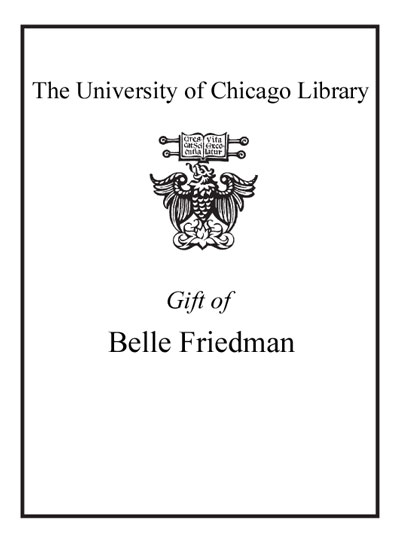Review by Choice Review
Many elementary school children and parents dislike mathematics because school mathematics curricula place too much emphasis on the memorization of facts and procedures. Contrary to this approach, teaching creatively requires that children connect mathematics to the everyday world, solve problems using their indigenous thinking, and integrate artistic approaches to learning. Creative teaching also requires that mathematics be taught through using structured materials and preserving children's enthusiasm and excitement. Although this book is based mostly on British contexts and literature, the standards from the National Council of Teachers of Mathematics (e.g., problem solving, reasoning, making connections, and communicating) are equally valued. Some examples of teaching mathematics creatively are provided, which include drawing on children's literature and stories with a mathematics focus. The stories provide opportunities for children to interact, play, and engage in mathematical exploration. The book is a valuable resource for mathematics education researchers at the elementary school level. It would have been even more valuable if it offered additional examples of mathematical problems, stories, and contexts that would enhance children's mathematical thinking. Summing Up: Recommended. Research collections. H. P. Koirala Eastern Connecticut State University
Copyright American Library Association, used with permission.
Review by Choice Review

